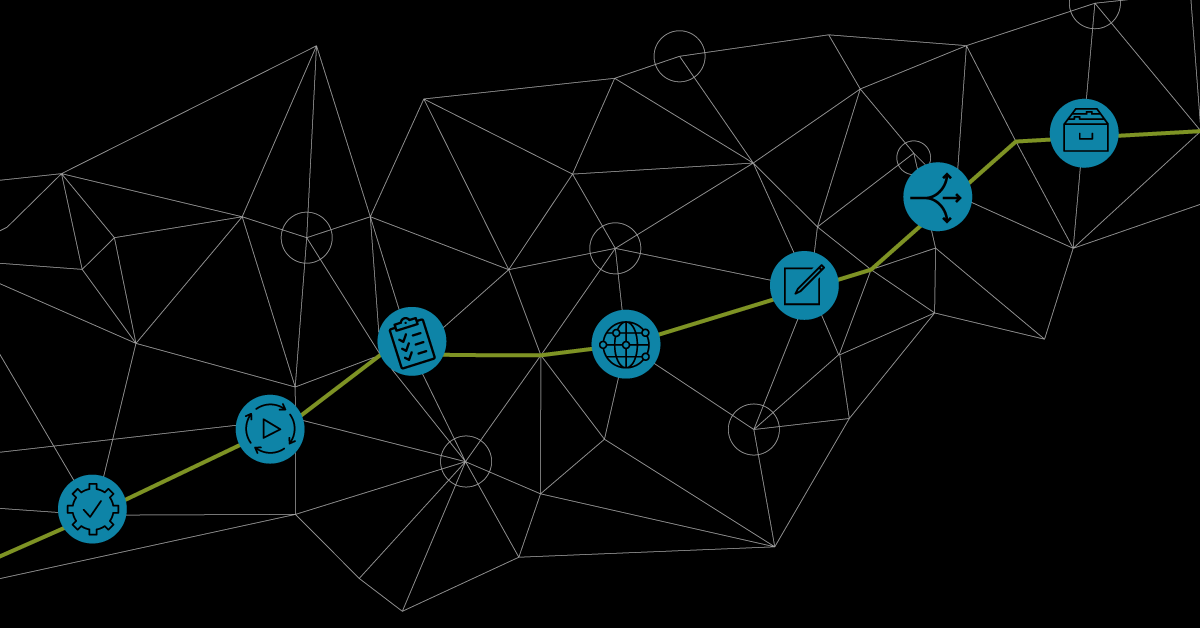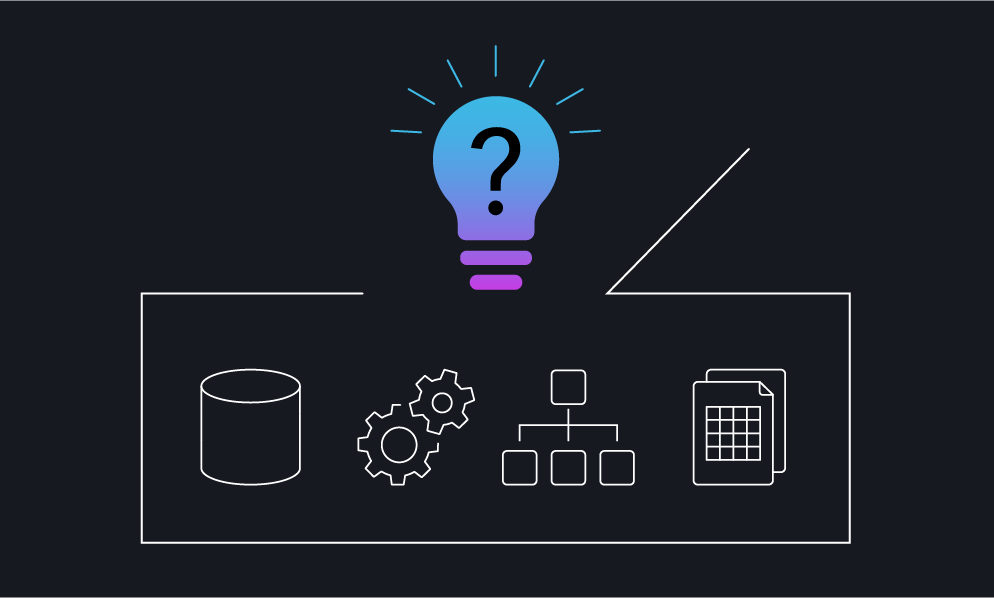
Sometimes getting started is the hardest part.
When heading down the path of a cloud migration – or evaluating whether cloud is the right answer in the first place – it can be overwhelming simply trying to figure out where in your supply chain to start. Do you start down the path of least resistance? Or where change can have the most impact to business efficiency or revenue?
The answer to this question will not be the same for every organization, but there are a few questions you can ask yourself that will point you in the right direction. A full discussion of this topic is addressed in our article “Cloud Migration in Five Steps”, but here we look at our top three entry points.
#1 Receipt
In a traditional media supply chain, simply accepting content from producers can be a painfully manual task. Once content is received it needs to be checked for validity:
- Does it meet expectations and technical specifications?
- Is the metadata complete?
- Does it include all the component parts needed such as languages, subtitles and so forth?
- Does it pass technical quality tests?
Depending on the scale of your operation and volume of contributors, the receipt, acknowledgment and acceptance of content into your facility can be a huge exercise and a major drain on resources.
If your current operations include manual QC and require people to watch content in real time, starting your migration with content receipt will introduce opportunities to automate and eliminate complexities, including format, quality and metadata validation. It’s also a logical starting point if your ultimate objective is a completely cloud-native media supply chain. An online upload portal to the cloud of choice allows files to be inspected, corrected, accepted or rejected automatically according to specification. It also provides full access to analytical data, any way you want to slice it.
#2 Distribution
Distribution used to mean getting program and ad content ready for a playout automation system feeding linear channels. Today, it can mean supporting the distribution to as many as 200 disparate platforms that may be linear, on-demand, electronic sell-through, over-the-top, mobile, international or even 4K with a combination of languages and closed captioning and audio formats.
Revenue opportunities are lost when your media distribution system can’t modify content sufficiently to meet the requirements of a new platform. Traditional on-prem workflow systems often fall short because they are fixed in nature: accommodating new platforms means repeated retrofitting and difficulty scaling to meet fluctuating supply and demand.
Cloud-based media supply chains offer significant advantages for distribution, particularly multiplatform distribution. They can scale output up and down as you need it, offer the elasticity to try new configurations, and give you cost-predictability to do so with confidence. Distributing from the cloud allows you to try out individual tools and services on demand, resulting in unprecedented flexibility to respond as new platforms emerge.
#3 Normalization
Many media organizations have a preferred house format for their master media, and it is unlikely that all your content arrives in your preferred format. Even with strict enforcement of delivery specifications, non-compliant content will still be submitted, and when push comes to shove, it will be accepted if deadlines are tight and there is no other option.
Normalizing content makes everything the same and restores order. In a traditional media supply chain, you had to select a transcode vendor and hope their technology could handle all the formats you deal with now and in the near future. When the existing transcoding technology can’t handle it, another is added. And another. Before you know it, you have one of each, all underutilized.
In a cloud-native environment, transcoding and other tools are selected from any of several vendors on a per-usage basis. Just pick the one you want to use for each content source and automatically route content through it, making everything the same. If you already receive your content in the cloud, this is a great place to start your media supply chain migration. Normalizing in the cloud can also be the beginning of a cloud-based archive.
……
Of course, there are other areas in your organization where cloud migration could logically start: localization, archiving, content modification, etc. Check out the full article for further discussion, or contact us to talk through your supply chain and cloud migration.
#migration #cloud #SupplyChain #receipt #distribution #normalization


